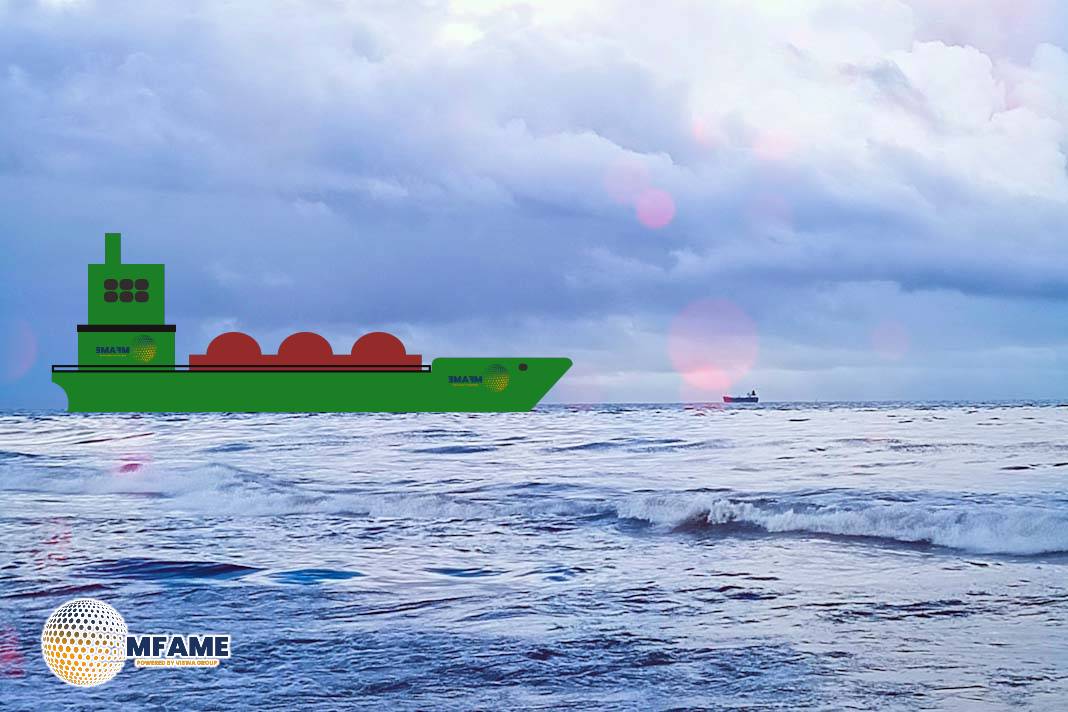- A side scuttle was knocked in by heavy seas during transit, causing minor material damage.
- The vessel faced Force 8 winds, 5-8m waves, and a southerly swell, leading to the impact.
- All 22 brass screws failed simultaneously, and the storm cover was not closed, highlighting safety concerns.
A Platform Supply Vessel (PSV) faced an unexpected structural failure when a side scuttle was knocked in by a powerful wave impact during heavy seas. Though no injuries occurred, the incident raises concerns about storm cover use and fastener strength under extreme weather conditions, reports MSF.
Incident Details
The vessel was heading 138° at 5-6 knots. It encountered Force 8 winds from the south and rough seas.
Significant wave heights were noticed (Hs) of 5m, maximum wave height (Hmax) of 8m, and a 3.5m swell from 197°.
The side scuttle was serving a crew cabin on A deck, located 11.7m above baseline with a 7m freeboard.
The glass pane remained intact, but all 22 brass screws broke simultaneously, causing the frame to give way. The storm cover (deadlight) was not closed at the time of impact.
Key Learnings & Safety Measures
Storm Covers Must Be Used in Bad Weather
- Deadlights in lower bow sections should always be closed during rough seas.
- Markings should be placed on relevant side scuttles/portholes for visibility.
Fastener Strength Needs Review
- The failure of all 22 brass screws at once suggests a material or design flaw.
- Alternative materials such as stainless steel screws or reinforced securing mechanisms should be considered.
Operational Readiness of Storm Covers
- The presence of hinged covers suggests they should be rapidly deployable.
- Crews must be trained to secure deadlights preemptively before encountering rough conditions.
Did you subscribe to our daily Newsletter?
It’s Free Click here to Subscribe!
Source: MSF
















![[Watch] A Christmas Tree Goes To Sea](https://mfame.guru/wp-content/uploads/2025/01/mfame-container-100x70.jpg)
